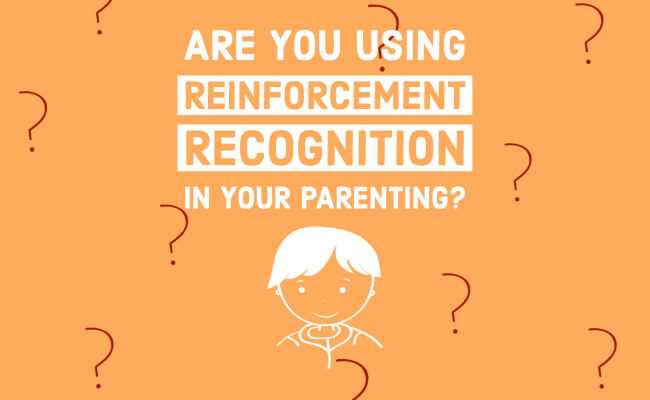I hid in the very back row in my sophomore English class. Not because I wasn’t smart or was a troublemaker, but because I was so shy, I did not want anyone to notice me—especially my teachers. I’d scrunch down in my desk, trying to hide behind the person in front of me. I desired to be invisible. Throughout the year, I read all the books, completed the array of assignments, and exceled on all the tests because I was, and still am, a voracious reader.
In the last month of school, I heard the teacher call my name and I peeked out from behind my shield. She motioned for me to approach her desk. As I stood beside her with my knees knocking, she looked me in the eye and rattled off the following statements, “I noticed that you are an excellent reader. You are diligent in completing your assignments and you display great insight on the tests. I realize you don’t like to answer questions aloud in class, but you understand the material better than anyone, and I would like for you to create the final exam on the book students could choose to read for extra credit. It will take the place of a test grade for you.”
Why was what she said so powerful to me that I still remember it to this day? She knew me. A shy girl who never answered a question, but she understood how I operated and focused on my strengths. We all have a deep desire for people to “get us.” We want them to perceive how we’re wired and interact with us in a way that says, “I see you. I recognize your talents. I love your personality.”
Your children possess the same yearning for you to respond to them through their area of strength and to praise them for those attributes. Doing so allows you to better relate, communicate, encourage, and discipline by using phrases that describe the positive traits you see. I call it reinforcement recognition. Here’s how it works.
1. State what you observe.
“Jeff, I’ve noticed that you greet all of the kids you pass as you enter the school.”
The first step allows your child to visualize their behavior.
2. Explain how their behavior makes others feel.
“I smile and am happy when I see how they all feel special when you greet them.”
This step helps them understand how their behavior can benefit and please other people.
3. Restate the child’s strength.
“You really love people and are very friendly.”
The last step helps reinforce the behavior with compliments.
Used consistently, reinforcement recognition may be the best practical way to develop your child according to their personality. It reveals strengths to a child and how to use them positively.
Take time to reflect on each of your children and list their positive personality qualities. Next, create some statements to practice reinforcement recognition. I promise your children will respond and thrive in knowing their mom understands how they’re wired and enjoys spending time with them.
Now, go make your kids smile.
SHARE

About Shelley Pulliam
Howdy! (A girl from Oklahoma has to use this as her greeting) I’m Shelley Pulliam, executive director of Arise Ministries and former teacher of hormone-filled 8th graders. But my real claim to fame rests in my award as second grade spelling bee champ and my recent gun-handling skills as I train to competition shoot. It helps me be on guard when Satan comes knocking. I’m a voracious reader and can frequently be found at the theater enjoying movie marathons where my record stands at six in one day. I’m a single, never married, who loves to pour into children at every opportunity. Let me know if you have any for sale. You can connect with me on social media. https://www.instagram.com/shelleypulliam/

